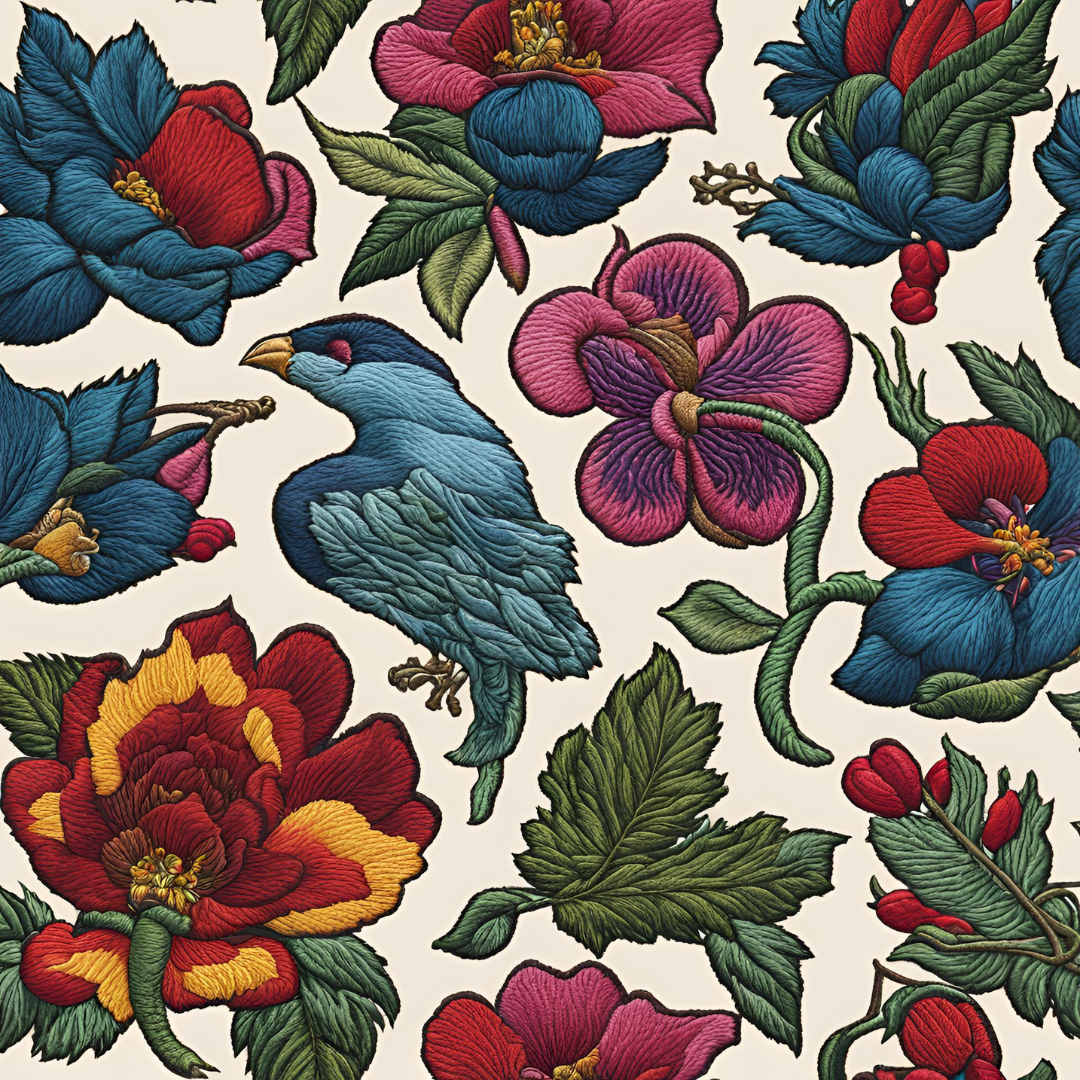
When it comes to creating digital artwork, the choice between using raster or vector graphics is a crucial one. Both have their pros and cons, but high-quality vector artwork tends to come out on top every time. In this article, we will explore the differences between raster and vector graphics and explain why vector art is the preferred choice for many professional designers.
What are Raster and Vector Graphics?
Before we dive into why vector artwork is superior, let’s first define what raster and vector graphics are.
- Raster Graphics: Raster images are made up of a grid of pixels, where each pixel has a specific color value. Common file formats for raster graphics include JPEG, PNG, and GIF. When you resize a raster image, you may notice a loss in quality as the image becomes pixelated.
- Vector Graphics: Vector images, on the other hand, are created using mathematical equations to define lines and shapes. This means that vector graphics can be scaled infinitely without losing quality. Common file formats for vector graphics include AI, EPS, and SVG.
Why High-Quality Vector Artwork is Superior
Now that we understand the difference between raster and vector graphics, let’s examine why high-quality vector art work is the preferred choice for many designers.
- Scalability: One of the major advantages of vector graphics is their scalability. Since vector images are made up of mathematical equations, they can be resized to any dimension without losing quality. This makes vector artwork ideal for a wide range of applications, from small icons to large billboards.
- Quality: When it comes to producing high-quality artwork, vector graphics are the way to go. Since vector images are resolution-independent, they always maintain crisp lines and clear edges, no matter how much they are scaled. This makes vector artwork perfect for professional printing and digital design.
- Editing Flexibility: Another advantage of vector graphics is their flexibility when it comes to editing. Because vector images are composed of individual objects and paths, each element can be easily manipulated, moved, or changed without affecting the overall quality of the image. This makes vector artwork ideal for projects that require frequent revisions.
- File Size: Vector graphics tend to have smaller file sizes compared to raster images. This is because vector images only store mathematical data, rather than each individual pixel. Smaller file sizes make vector artwork easier to share, store, and load on websites.
Conclusion
In conclusion, when it comes to creating high-quality artwork, vector graphics are the way to go. With their scalability, quality, editing flexibility, and smaller file sizes, vector artwork outshines raster graphics in almost every aspect. Whether you’re designing a logo, illustration, or any other type of digital artwork, choosing vector graphics will ensure that your work looks professional and polished. So next time you’re working on a design project, consider using vector graphics to create stunning and flawless artwork that will stand the test of time. Your clients and viewers will thank you for it! Discover why high-quality Vector Artwork for Screen Printing is superior to raster graphics every time. Learn about the scalability, quality, and editing flexibility of vector graphics.